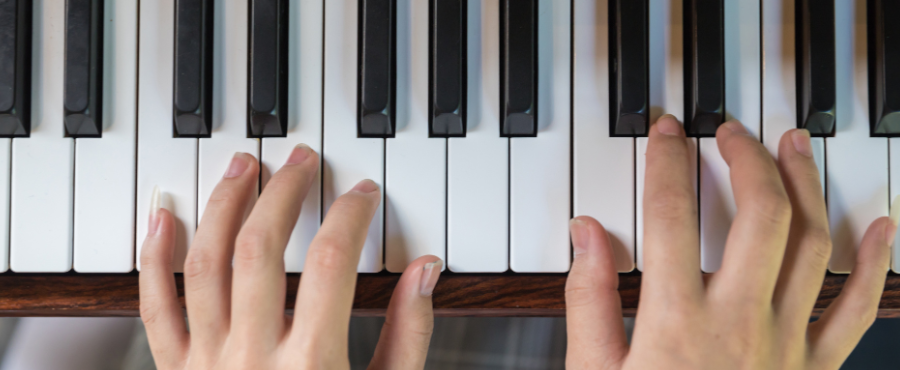
The piano is one of the most beloved and versatile instruments in the world. It can whisper with delicacy, thunder with power, and express every shade of emotion in between. Whether in a solo recital, a symphony hall, or even a pop ballad, the piano has played a central role in shaping the sound of music for over 300 years. Let’s explore its fascinating history, its greatest works, and some surprising facts along the way.
The piano was invented around the year 1700 by an Italian instrument maker named Bartolomeo Cristofori. Before the piano, the most popular keyboard instruments were the harpsichord and the clavichord.
Cristofori combined the best of both worlds: he created a keyboard instrument where hammers struck the strings, allowing musicians to play both piano (soft) and forte (loud). That’s why the piano was originally called the “pianoforte.”
Over the centuries, composers have turned to the piano as their main musical canvas. Here are just a few highlights:
The piano became popular quickly because it was so expressive and adaptable. By the late 18th century, it had become the favorite instrument of composers like Mozart and Haydn. By the 19th century, it was a fixture in middle-class homes across Europe and America. Owning a piano was a sign of culture and refinement, and families would gather around to sing, play, and entertain.
In fact, the piano played a major role in spreading music education—especially to children and amateurs. Some of today’s most famous musicians, from Elton John to Lady Gaga, got their start on the piano.
Part of the piano’s magic is its range. It has 88 keys, covering more than seven octaves, which means it can play both melody and harmony at the same time. Few instruments can rival its ability to fill a room with sound or capture such a wide spectrum of emotion.
Whether it’s a young student plunking out “Chopsticks,” a jazz musician improvising at a club, or a world-class pianist performing Rachmaninoff at Carnegie Hall, the piano remains one of the most powerful ways we connect with music.
✨ Final Thought: The piano is more than an instrument—it’s a storyteller. Its history reflects the evolution of music itself, and its future is as bright as ever. Next time you sit down at a piano, you’re not just pressing keys—you’re joining a tradition that has inspired generations.